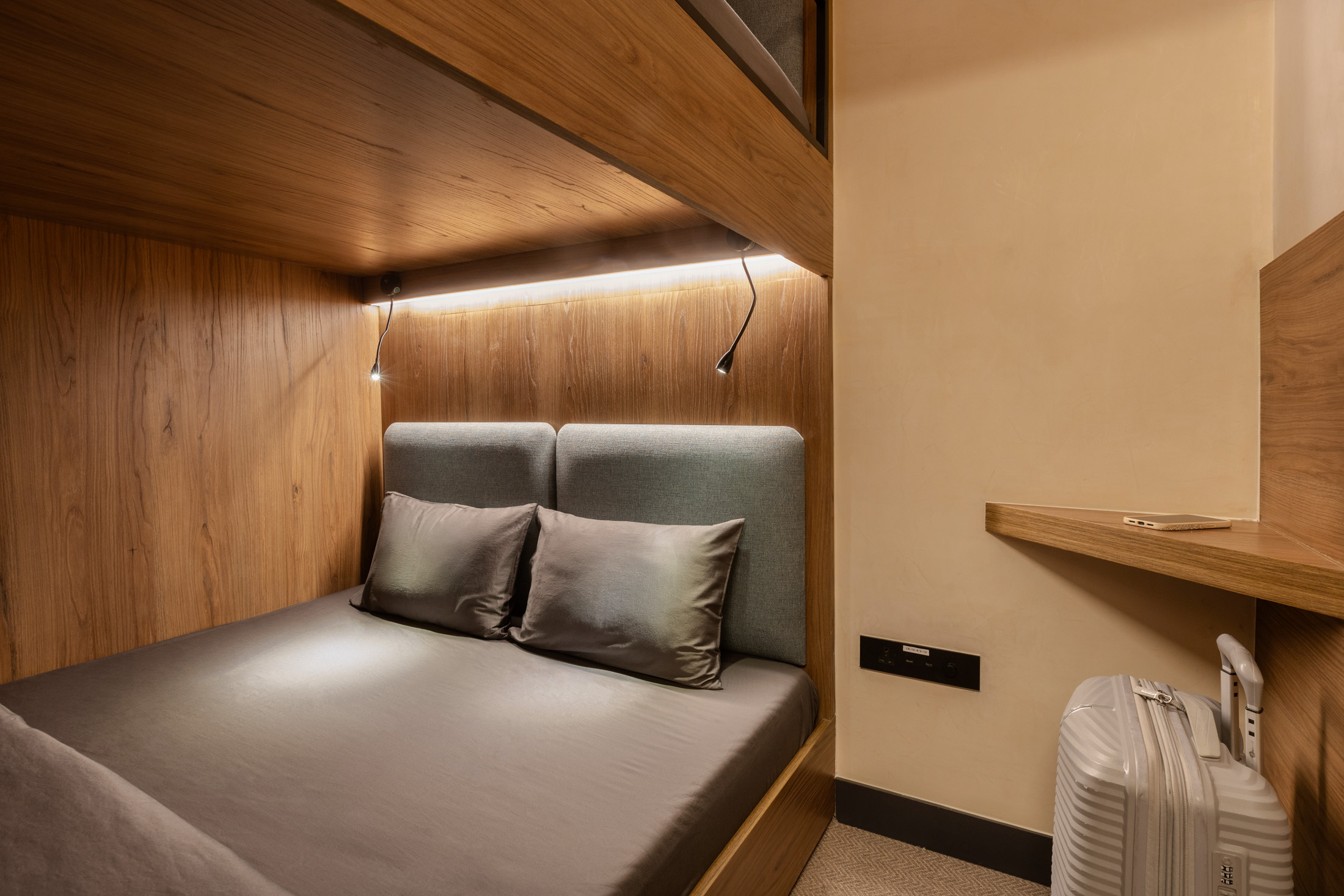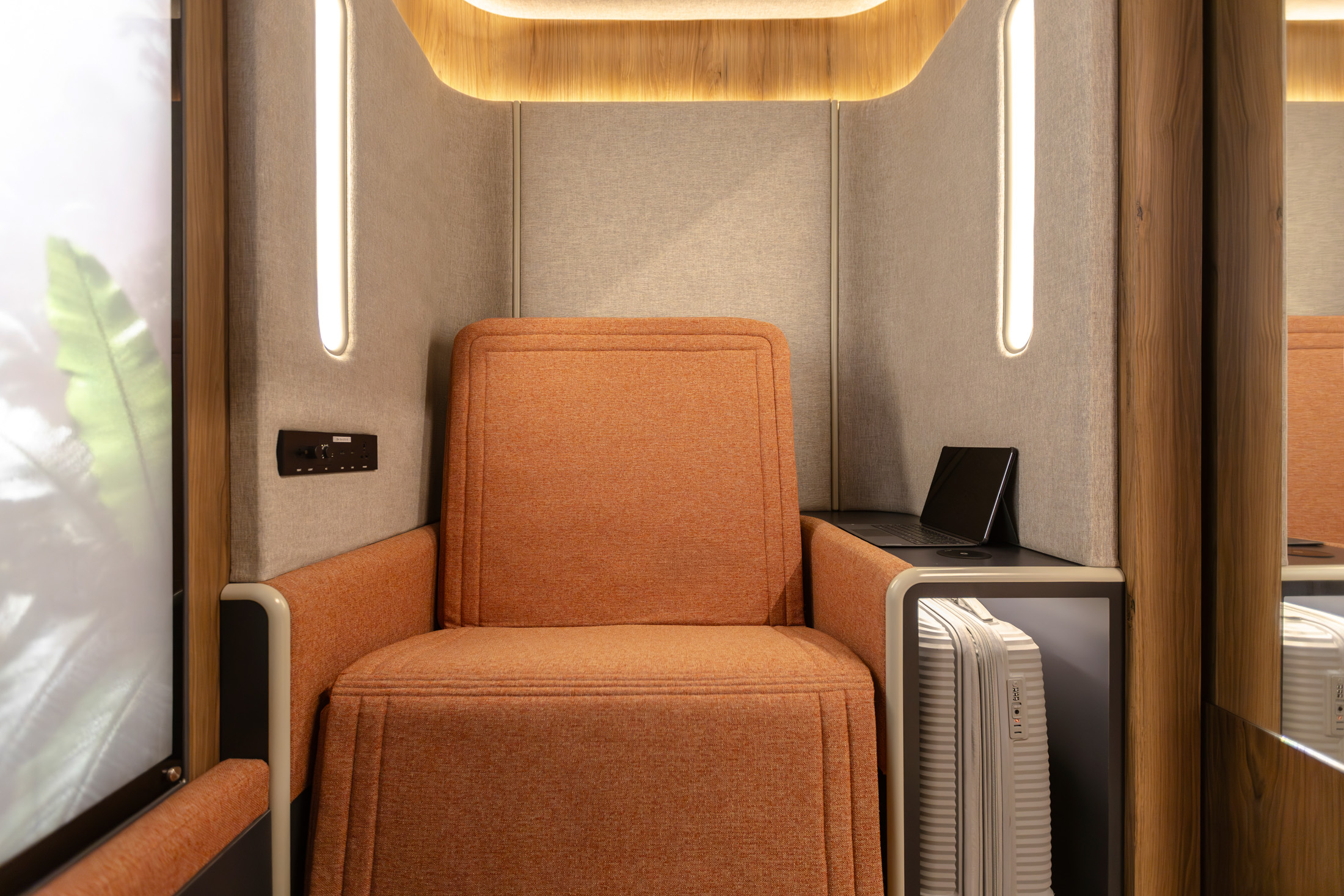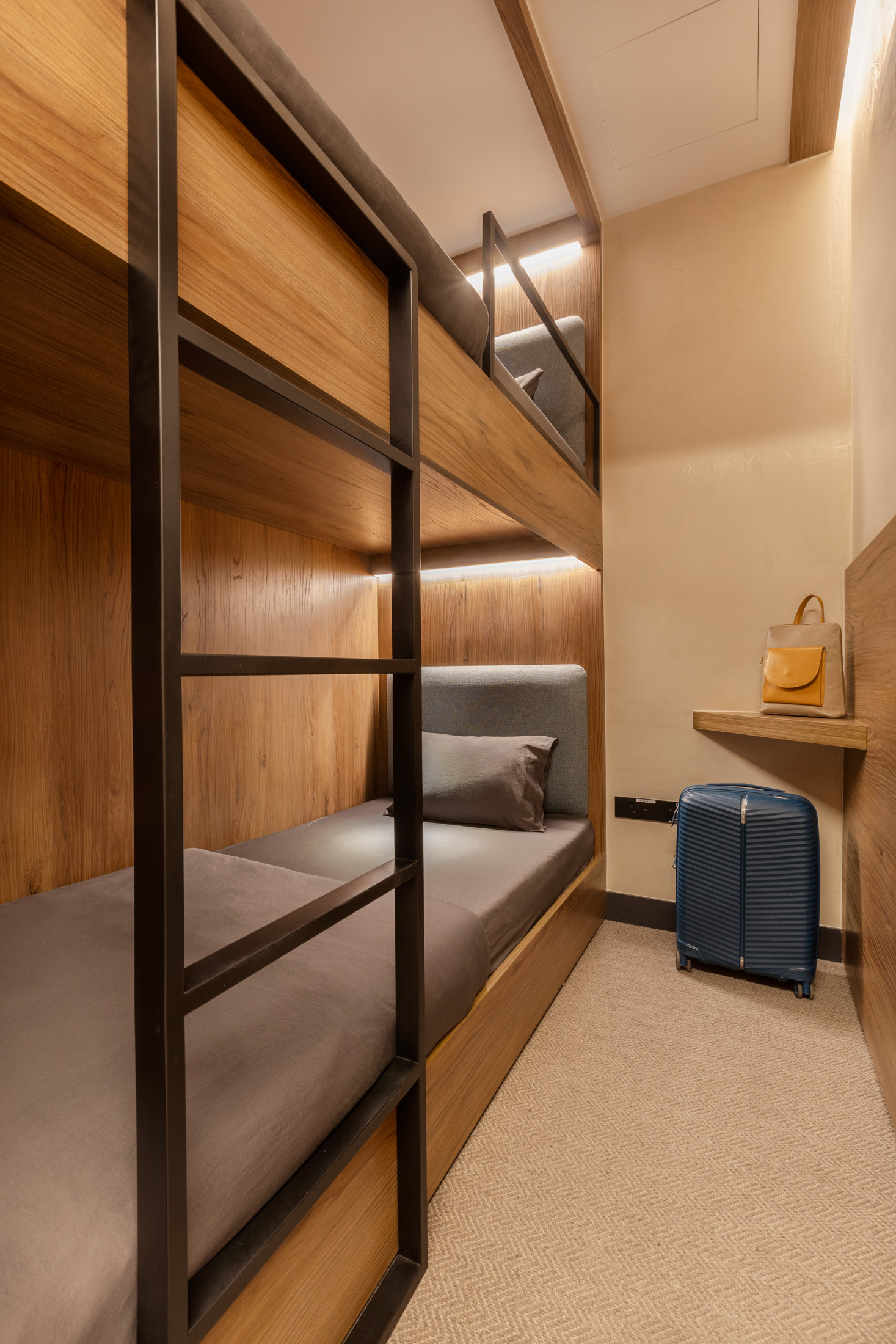Airport Dimensions launches Sleepover, formalizing a new in-terminal ‘sleep station’ category
This rebrand scales a proven model from Dubai to Lima, converting underutilized terminal space into revenue-generating inventory.
Airport Dimensions has rebranded its sleep product as Sleepover, formalizing a new airport sleep station category. It is a bold evolution of the former sleep ’n fly concept and a direct response to the changing needs of modern travelers. Sleepover gives travelers privacy and real rest in the terminal while helping airports activate space that is often underutilized. The product is proven at Dubai International and Hamad International Airport in Doha, and at Lima’s recently opened Jorge Chávez International Airport, where early usage is showing strong traction, with high demand, particularly for Flexisuites and Nap Pods, with guests typically staying three to four hours on average. Sleepover offers a quiet, book-by-the-hour refuge in a range of formats so passengers arrive rested for the next leg of their journey.
Sleepover’s proposition is deliberately simple: modular pods and cabins that feel calm, safe, and comfortable, with optional add-ons such as showers. For passengers, it replaces improvised naps or the need to leave the airport in search of alternatives with genuine rest and a sense of control over their journey. For airports, it provides a flexible way to respond to overnight waves, long-haul connections, and irregular operations, deploying formats to meet their space and demand requirements. Insight from Airport Dimensions’ recent AX25 and Experience Era global research further underscores the demand for sleep stations: 49% of passengers say they actively want or are highly interested in sleep facilities at airports, while 95% of airport executives admit current terminal space is not being fully utilized.
Andrew Van Eeden, Vice President, Global New Product & Innovations, Airport Dimensions, said: “Travelers want privacy and real rest in the hours between or before flights, without having to compromise. Sleepover gives them that calm - in the terminal, on their terms - while giving airports a configurable, insight-led product that fits operational reality.”
Marinela Beke, Travel Retail Manager, Lima Airport, added: “We saw the gap between the public concourse and premium spaces, especially around early flights and long connections. Sleepover closes that gap with a pragmatic approach. Early adoption has been strong, feedback is positive, and it complements our existing offer by giving passengers a practical way to travel more comfortably.”
Airport feedback shows the model delivers both for guests and airports. Sleepover sits alongside lounges as part of a broader shift toward experiences designed around how people are traveling, not only where they are going. By offering a private, pay-as-you-go option, it complements lounges rather than competing with them, meeting a different moment in the journey with a purpose-built solution. The Sleepover identity is crafted to stand out in busy terminals yet remain easy to read across cultures and languages, supporting wayfinding and rapid recognition for first-time users and frequent flyers alike.
Lauren Burrill, Vice President, Global Marketing, Airport Dimensions, said: “Sleepover is a brand based on deep listening of guest feedback and consumer insight into what people need to feel at ease. Our role is to turn that understanding into experiences that are simple, intuitive, and scalable. This brand was designed to be instantly recognizable in busy terminals, to work across cultures and languages, and to make the start of any journey feel more human.”
For Airport Dimensions, the launch of Sleepover is a strategic evolution and a clear reflection of the ambition to reimagine what is possible within the airport space. By leveraging their industry-leading depth of insight into passenger needs, Airport Dimensions continues to design solutions that respond to today’s traveler while anticipating tomorrow’s expectations.
More than just a name change



